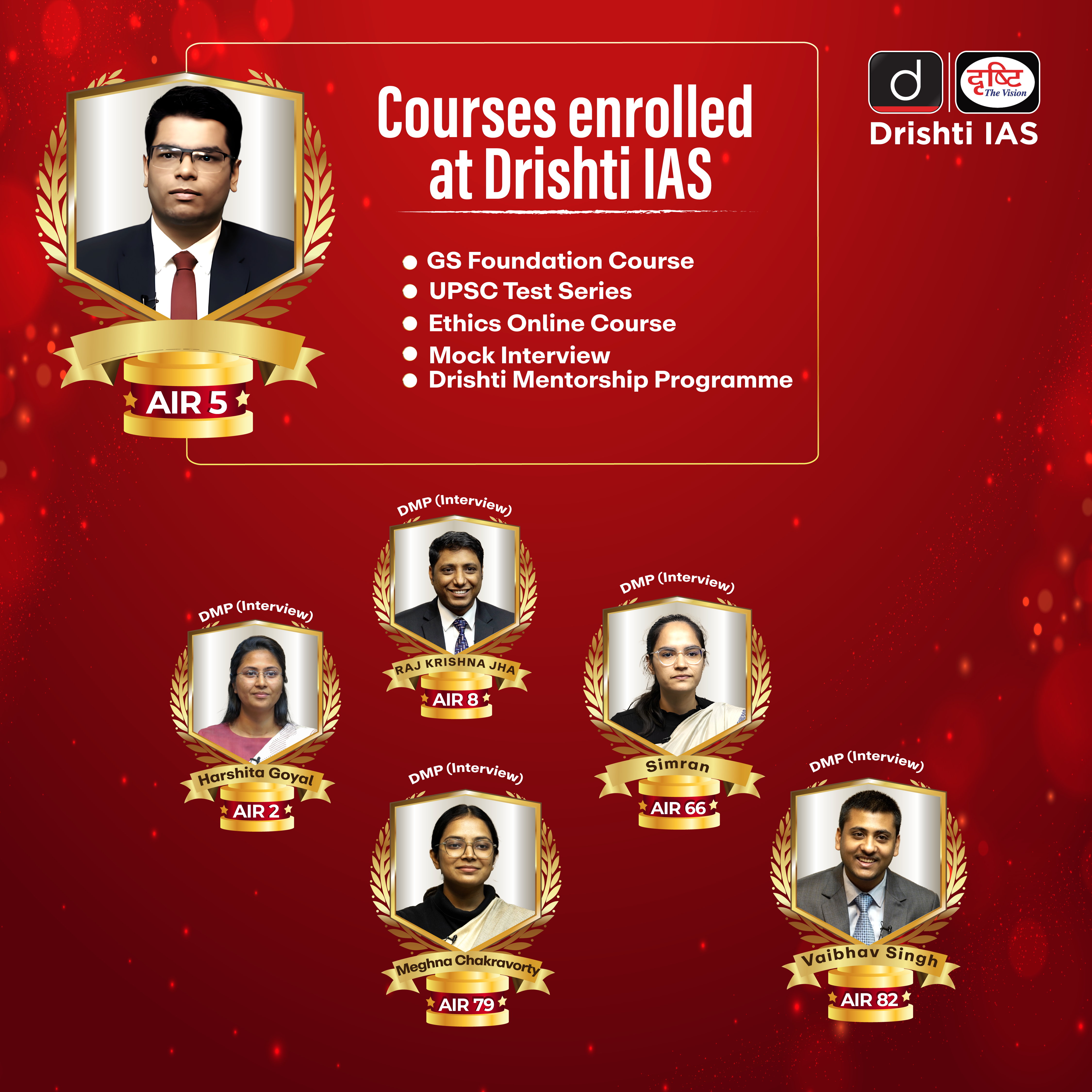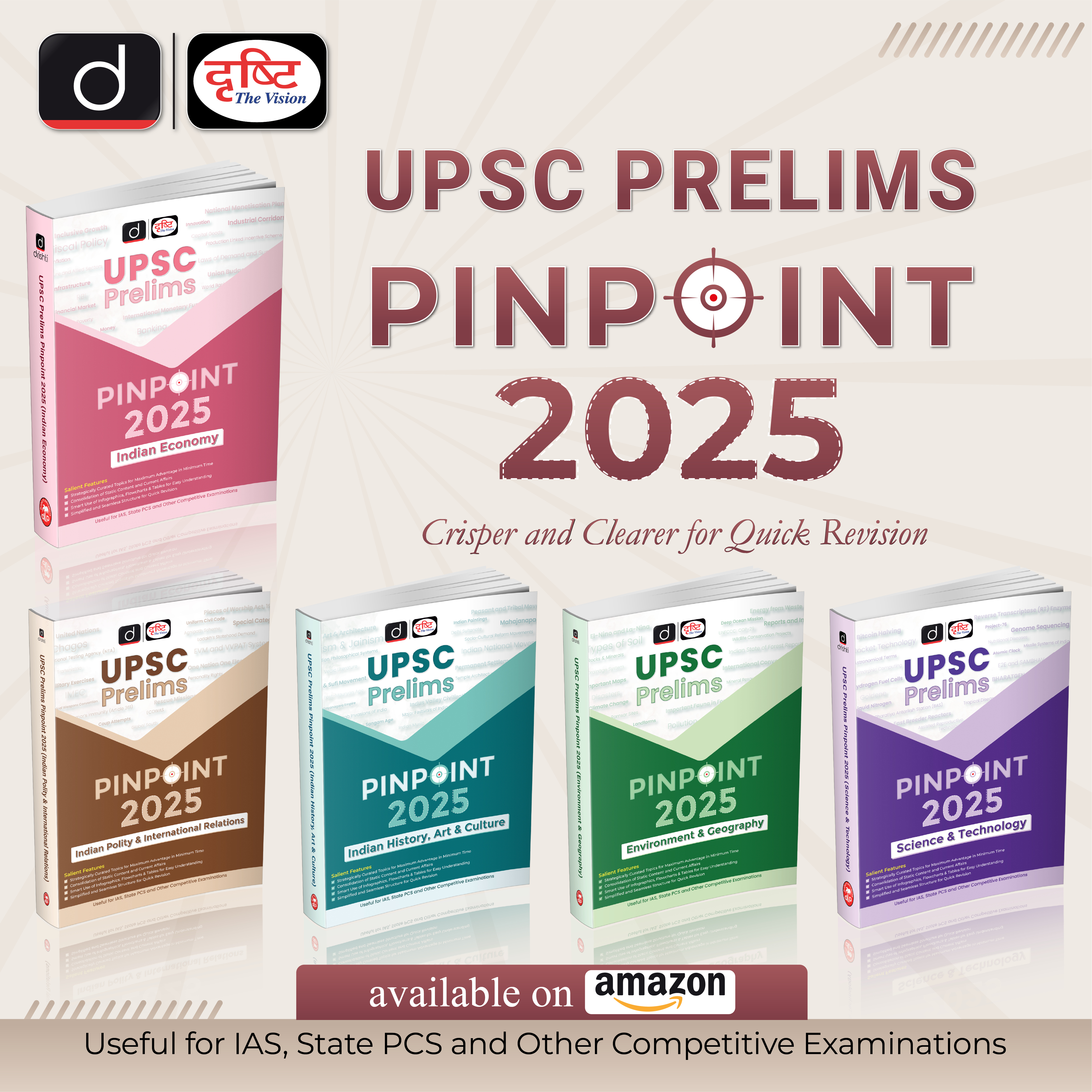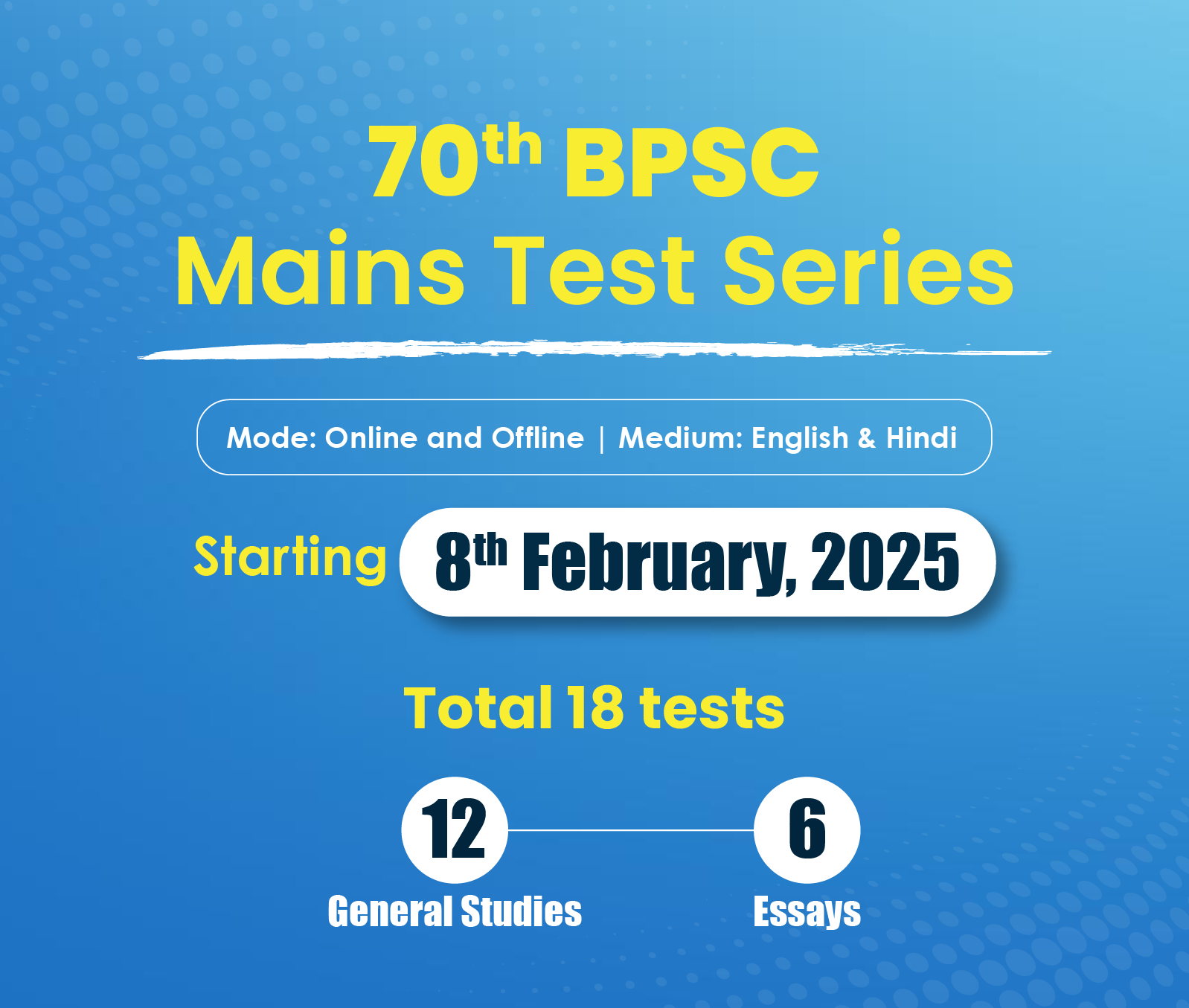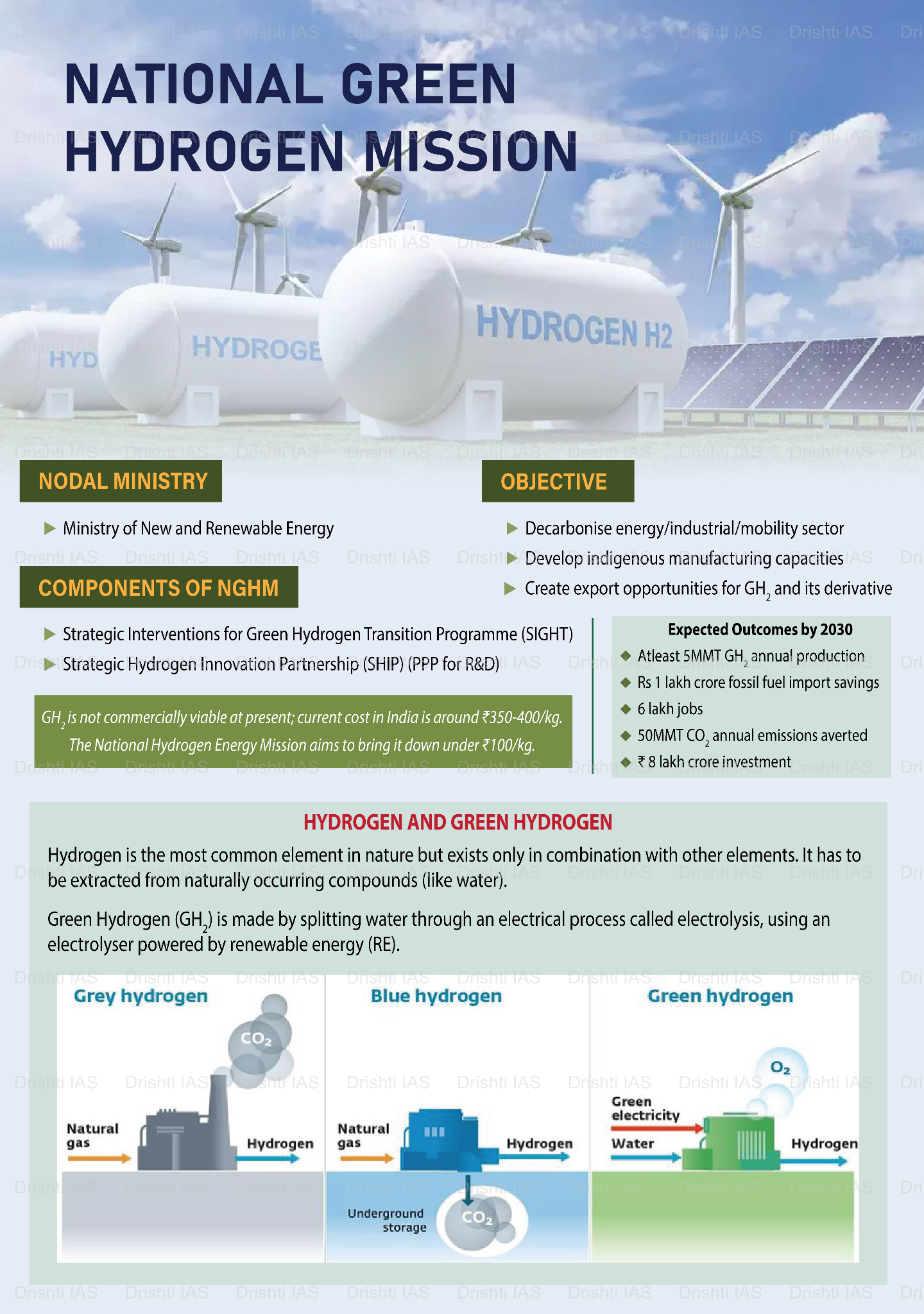Uttar Pradesh Switch to Hindi
Subsidies for Green Hydrogen Projects
Why in News?
Recently, the Uttar Pradesh cabinet approved its five-year Green Hydrogen Policy, earmarking 50.4 billion rupees (USD 608 million) for a subsidy programme to incentivise enough capacity for the 2028 target.
Key Points
- If successful, the policy would make up one fifth of India’s target of reaching five million tonnes of annual production by 2030, under its National Green Hydrogen Mission.
- This policy will target existing demand mostly in industrial processes such as chemicals and oil refining to replace grey hydrogen made using unabated fossil fuels.
- So far, hydrogen production technology has relied on gas, known as grey hydrogen. A significant effort is now under way to transition from grey hydrogen to green hydrogen.
- The policy outlines an ambitious goal to produce one million metric tonnes of green hydrogen annually within the next four years, by 2028.
- Producers, who will be granted fast-track environmental permitting, will also be eligible for a full rebate on transmission charges associated with using the intrastate grid, as well as full exemption from electricity tax (for ten years) and stamp duty.
- Fast Track Permitting incorporates a set of sound environmental policies and procedures that promote smart growth and economic development across the Commonwealth.
- The State government is also proposing to lease land for a single rupee per acre per year to state-owned enterprises setting up green hydrogen projects in the state.
- Private renewable Hydrogen investors will be eligible for a land lease rate of 15,000 rupees (USD 181) per acre per year.
Hydrogen
- Hydrogen is one of the most abundant elements on earth for a cleaner alternative fuel option.
- Type of hydrogen depend up on the process of its formation:
- Green hydrogen is produced by electrolysis of water using renewable energy (like Solar, Wind) and has a lower carbon footprint.
- Electricity splits water into hydrogen and oxygen.
- By Products: Water, Water Vapor.
- Brown hydrogen is produced using coal where the emissions are released to the air.
- Grey hydrogen is produced from natural gas where the associated emissions are released to the air.
- Blue hydrogen is produced from natural gas, where the emissions are captured using carbon capture and storage.
- Green hydrogen is produced by electrolysis of water using renewable energy (like Solar, Wind) and has a lower carbon footprint.
- Type of hydrogen depend up on the process of its formation:
- Uses:
- Hydrogen is an energy carrier, not an energy source and can deliver or store a tremendous amount of energy.
- It can be used in fuel cells to generate electricity, or power and heat.
- Today, hydrogen is most commonly used in petroleum refining and fertilizer production, while transportation and utilities are emerging markets.
- Hydrogen and fuel cells can provide energy for use in diverse applications, including distributed or combined-heat-and-power; backup power; systems for storing and enabling renewable energy; portable power etc.
- Due to their high efficiency and zero-or near zero-emissions operation, hydrogen and fuel cells have the potential to reduce greenhouse gas emission in many applications.
Uttar Pradesh Switch to Hindi
Uttar Pradesh Provides Skill Training Under Project Praveen
Why in News?
The Uttar Pradesh government has provided skill training to over 61,000 boys and girls in the state through 'Project Praveen'.
Key Points
- Under this scheme, youths are being provided free skill training and new-age courses to get prepared for the job market.
- This project is meant for students in classes 9 to 12, studying in higher secondary schools in the state.
- Students are receiving daily free training alongside their regular studies in trades aligned with their interests, such as the IT sector, electronics, beauty, healthcare, apparel, and accounting.
- 'Project Praveen' is being operated under a Memorandum of Understanding (MoU) between Secondary Education and the Uttar Pradesh Skill Development Mission.
- The primary objective of this project is to revamp the education system and curriculum of the state.
- Project Praveen was initiated as a pilot project in 2022-23.
- During this period, 20,582 students received training across 150 government secondary schools. Besides, Kasturba Gandhi Girls School was also linked to this scheme, facilitating training for 3,450 girl students.
- For the year 2023-24, a total of 315 government secondary schools have been included under the Project.
- So far, skill development training has been provided to 61,400 students through these institutes.
- All courses offered are certified and approved at the all-India level by the National Council for Vocational Education and Training.
- Upon completion of training and assessment, students are awarded certificates that hold validity throughout the country.
- Students undergoing training under Project Praveen are given training by private training centres in the school itself.
- These trainers are certified under the Training of Teachers (TOT) program and registered under the Skill Development Mission.
Uttar Pradesh Skill Development Mission (UPSDM)
- The UP Skill Development Mission was established as a society registered under the Societies Registration Act, 1860, under the Department of Vocational Education and Skill Development, Government of UP on 13th September, 2013.
- A National Skill Development Policy was launched in 2009 with the aim of skilling 500 million persons by 2022. Under the National Plan, the State of Uttar Pradesh aims to skill over 4 million youth by the end of the 12th Five Year Plan.
- In order to achieve this target and provide employable skills to the youth of the State, the UPSDM has been instituted.
- It is mandated to coordinate all skill development initiatives, leveraging on State Skill Development Policy.
- It empanelled Private Training Partners in addition to Government Training Partners for conducting skill development training.
National Council for Vocational Education and Training (NCVET)
- NCVET was established as a regulatory body by the Government of India on 5th December 2018. It has been fully operational since 1st August 2020.
- It serves as an overarching national regulator with the aim of setting standards, developing comprehensive regulations, and improving the vocational education, training, and skilling ecosystem.
- The primary objective of NCVET is to ensure strong industry interfacing and implement effective regulations that enhance the quality and outcomes of vocational education and training.
The National Skill Development Mission (NSDM)
- It aims to create convergence across sectors and States in terms of skill training activities.
- It also aims to expedite decision making across sectors to achieve skilling at scale with speed and standards.








%20MPPCS%202025%20Desktop%20E.jpg)
%20MPPCS%202025%20Mobile%20E%20(1).jpg)










.png)
.png)











 PCS Parikshan
PCS Parikshan


